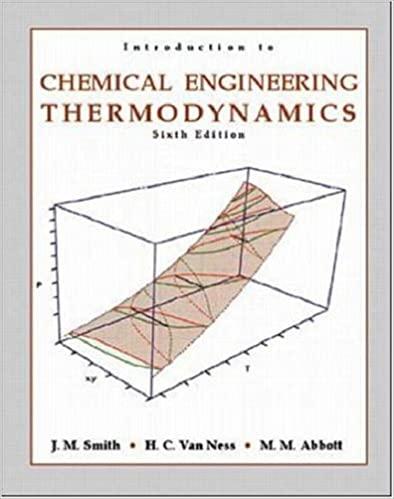Question
419:that when isolated intact mitochondria are suspended in a buffer phosphate, oxidize substrates and consume oxygen only when ADP is added to the suspension. In
419:that when isolated intact mitochondria are suspended in a buffer phosphate, oxidize substrates and consume oxygen only when ADP is added to the suspension. In other words, the oxidation of a substrate must be coupled to the phospho- ADP rylation. Later experiments showed that respiration takes place rapidly until all the ADP is phosphorylated (Figure 14.3a), and the amount of O2 con- sunk depends on the amount of ADP added. Synthetic compounds, called uncouplers, stimulate the oxidation of substrates in the absence of ADP (Figure 14.3b). The decoupling phenomenon helped to demonstrate how oxidation reactions are linked to the formation of ATP. On presence of an uncoupler, oxygen utilization (respiration) continues until all available oxygen is consumed. This rapid oxidation of the substrates is it takes place with little or no phosphorylation of ADP. In other words, these compounds synthetics uncouple oxidation from phosphorylation. There are many different kinds of sacklators, and have little chemical similarity, except that they are all weak acids soluble in lipids. Both its protonated and conjugate base forms can cross the inner mitochondrial membrane; the anionic conjugate base retains solubility in lipids, because the negative charge is delocalized. Figure 14.4 shows the resonance structures of a typical uncoupler, 2,4-dinitrophenol. The effect of uncouplers, and many other experiments, indicated that the electron transport (oxygen utilization) and ATP synthesis were coupled, in the normal case, but the basic mechanism was unknown. During the 1960s it was believed that there must be several steps in the electron transport process, where the Gibbs free energy change was sufficient to drive ATP synthesis. I know he believed that this form of coupling was analogous to phosphorylation at the substrate level. Mitchell proposed the radical idea that the action of enzyme complexes mitochondrial cells generates a proton concentration gradient across the mem- inner mitochondrial brane. He suggested that this gradient supplies the energy for the fos- ADP forylation by indirect coupling with electron transport. The Mitchell's ideas explained the effect of fat-soluble uncoupling agents: bind protons in the cytosol, carry them across the inner membrane, and release them in the matrix, thereby dissipating the proton concentration gradient. The carriers Proton binders uncouple electron transport (oxidation) from the synthesis of ATP, because protons enter the matrix without going through ATP synthase. ATP synthase activity was first recognized in 1948 as an activity ATPase activity in damaged mitochondria (i.e., that damaged mitochondria catalyze lyse the hydrolysis of ATP to ADP and Pi). Most researchers assumed that mitochondrial ATPase catalyzes the opposite reaction in undamaged mitochondria. It turns out that this hypothesis is correct. In the 1960s, Efraim Racker and his collaborator- Rators isolated and characterized this oligomeric ATPase. Watching the expulsion of protons in the hydrolysis of ATP in the mitochondria showed the reversibility of the proton-driven ATPase reaction. This was supported by experiments with small vesicles in the membrane, where the enzyme was incorporated into the membrane.
make a summary please let it be on the computer then I don't understand thanks
Step by Step Solution
There are 3 Steps involved in it
Step: 1

Get Instant Access to Expert-Tailored Solutions
See step-by-step solutions with expert insights and AI powered tools for academic success
Step: 2

Step: 3

Ace Your Homework with AI
Get the answers you need in no time with our AI-driven, step-by-step assistance
Get Started


